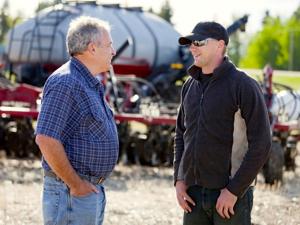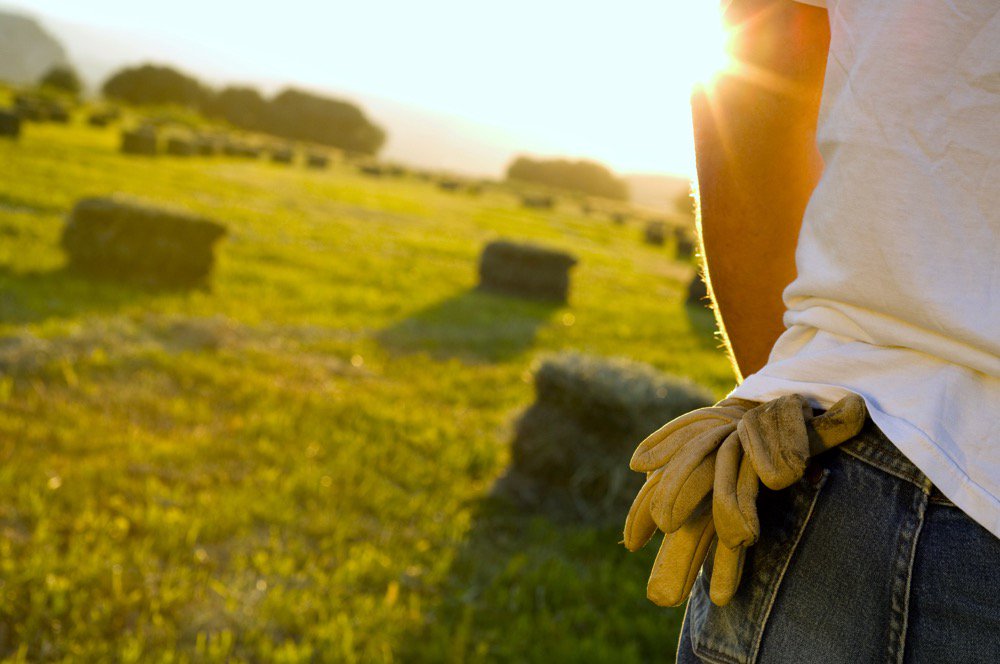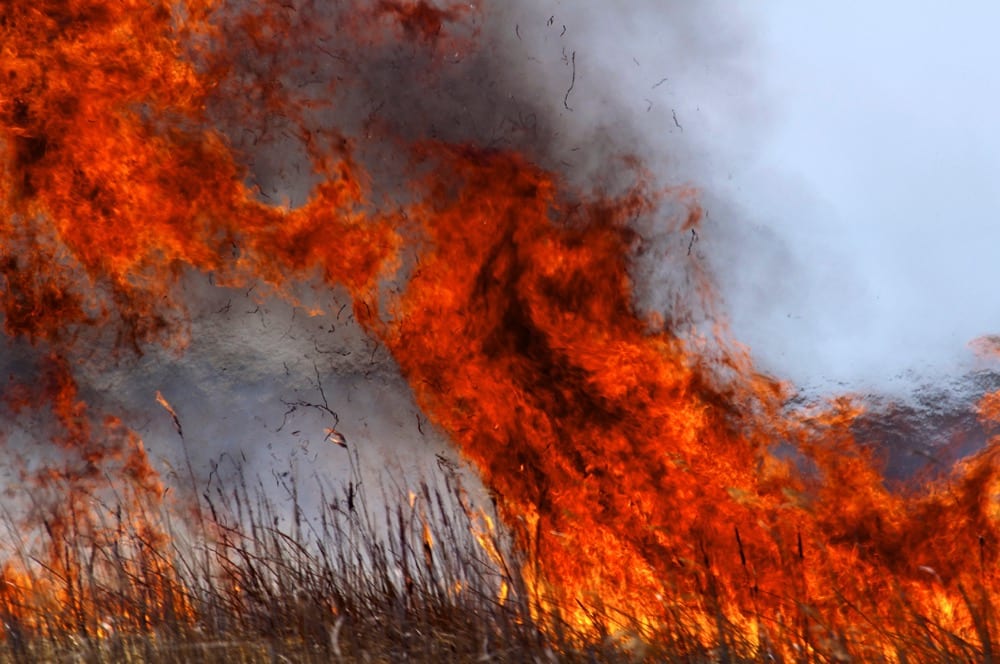Four farms, six things in common

In 2010 David Gray, a development officer with the Department of Agriculture and Food, Western Australia (DAFWA), did a small study of four farms that were consistently more profitable and better at dealing with climate change. He found six common characteristics within these resilient farms.
1. Awareness

The farmers Gray looked at were constantly looking for relevant changes or trends, and they tracked emerging opportunities and threats. They found market opportunities by following business trends such as prices, costs, demand shifts, and supply chain issues such as community attitudes towards animal welfare, organic or “green” products, desire for local products and regulations.
2. Environment

These farmers also tracked natural environmental issues (weather and climate, biodiversity, invasive species, soil health and salinity) and adjusted not only their production techniques but also their business plans.
3. Relationships

These resilient farmers also had supportive and trustful relationships with fellow farmers, suppliers, service providers and their family and employees, which meant they had ready access to information to make informed decisions. Their information flow and social capital was high.
4. Communication

All members of the farming family and employees had a shared understanding about what would be achieved, by when, and how. By having everyone fully informed and engaged, this increased their creativity and flexibility for dealing with change or even a crisis.
5. Preparedness

These farmers were also prepared with contingency plans to cope with realistic, if unlikely, scenarios, and when a disruption occurred, a non-standard approach was readily available. Although it caused some cost redundancy, often the fall-back was worth it. These farmers were better prepared too because they were in the habit of constantly trying new things to see if they worked or if they would be better way to do things.
6. Adaptability

Those small experiments helped the farmers adapt to change in the future. When larger-scale changes were needed, Gray found, they already had information and experience about the options.














